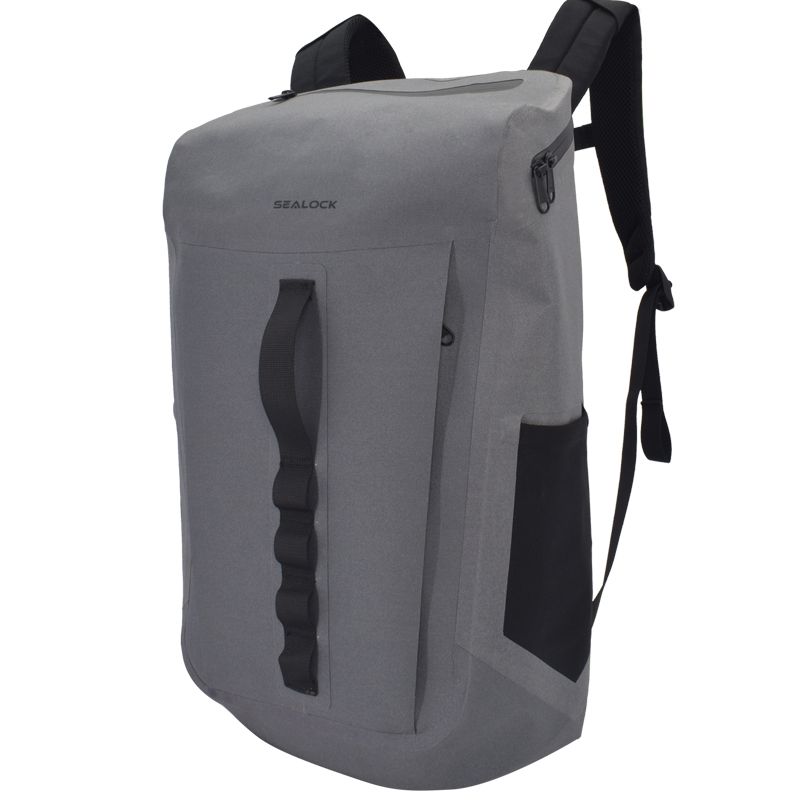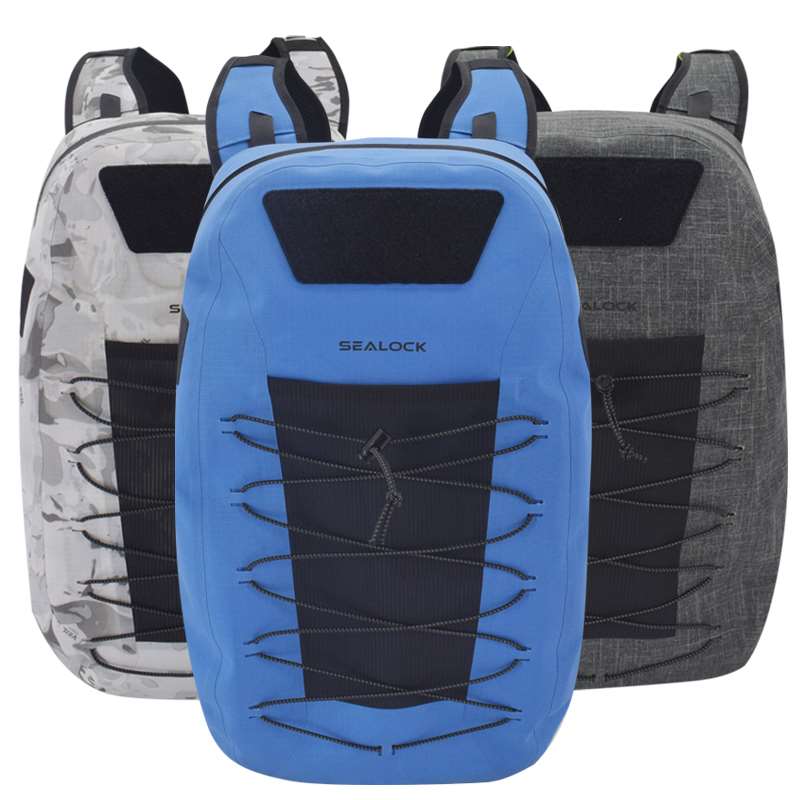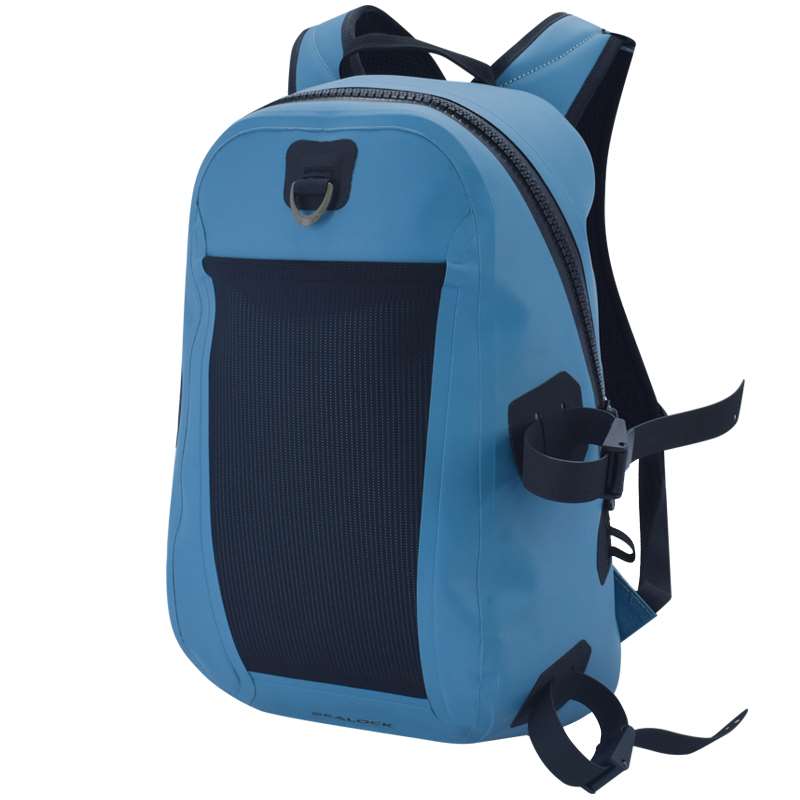Comfort is the first element of outdoorwear. To achieve comfort, your body needs to be at the right temperature and dry.
Our bodies are most comfortable when the temperature is between 11 and 35C. Most hikers prefer the Layering System because it is light, flexible and easy to maintain. You can pack the same outfit throughout the year and simply add more layers for winter travel. If it's too hot, remove a layer of clothing and pack it in a bag. If it's windy, the outer layer will help keep you from sweating. It's a more efficient way to use your backpack space than carrying lots of t-shirts and tops. Thermal underwear may not be very fashionable in cold weather, but it is comfortable and warm.
In general, you should opt for loose-fitting clothing that can handle plant stings and mosquito bites. Some brands sell clothing without insect repellents, which might be a good choice if you're sensitive and susceptible to infection. Detachable zipper pants are also a practical option to reduce the weight of your backpack. When choosing these pants, choose pants that have a zipper at the bottom so you can take them off without taking off your boots. Finally, creatures like ticks and leeches are easier to spot on light-colored farms, and choosing light-colored clothing makes it easier to repel insects.
Choice of underwear
Everyone agrees that dermatitis, like blisters on the feet, can seriously affect long walks. However, opinions are divided on how to effectively prevent this from happening. Baggy boxer shorts have many adherents, and boxer shorts are also favored because of their flat seams and position in the front of the shorts. Instead, try tight sports shorts made from lycra fabric.
Underwear can clingy body, also can loose freely, premise is to must comfortable
Layer by layer system
Actually, clothes don't make you feel warm. Their purpose is to prevent heat loss from the body, which is how the system works. The concept of a layer-by-layer system is simple: layers of thin clothing are warmer than layers of thick clothing because they effectively trap heat generated by the body. The layer-by-layer system is composed of three layers: ABaseLayer, An Insulation Layer and A ShellLayer. All three layers should be breathable, allowing moisture to evaporate quickly. They should also dry quickly.
Basic layer
The base layer of clothing should be good at absorbing the moisture produced by the skin (this is called "perspiration"), and distribute the moisture evenly to the surface of the clothing, allowing the water to evaporate or pass through the clothing to the outer layer. Basic layers of clothing are often labeled "high performance textiles."
Series molding
Layers of insulation usually include fleece and pullovers, which trap warm air to keep the body warm. In very cold conditions, several layers of loose, light insulation will keep you warmer than a thick piece of clothing.
Outer shell
Although the outer layer of clothing is generally lightweight, windproof and waterproof, this layer of clothing can still shed moisture. How does this work? There are many tiny holes in the surface of the outer layer of clothing, through which the sweat can evaporate. The rain and wind cannot penetrate the holes, but the sweat can evaporate the holes.
Choose natural or man-made fabrics
When you have a well-fitting and comfortable T-shirt, a chunky cotton shirt, and denim overalls, why splash out on gimmicky hiking gear? Yes, the advantage of cotton is its breathability, but the disadvantage is that it's easy to get soaked in sweat, and it doesn't dry easily, so you're more likely to catch a cold from your own sweat.
In the same way, a cotton garment absorbs the rain completely, gets heavier and wetter all the time. Textiles that use man-made fibres also absorb some water but, unlike natural fibres, they dry easily and in most cases can be wraped dry without much effort.
 English
English  Español
Español  Português
Português  русский
русский  Français
Français  日本語
日本語  Deutsch
Deutsch  tiếng Việt
tiếng Việt  Italiano
Italiano  Nederlands
Nederlands  ภาษาไทย
ภาษาไทย  Polski
Polski  Svenska
Svenska  magyar
magyar  Malay
Malay  বাংলা ভাষার
বাংলা ভাষার  Dansk
Dansk  Suomi
Suomi  हिन्दी
हिन्दी  Pilipino
Pilipino  한국어
한국어  Türkçe
Türkçe  Gaeilge
Gaeilge  العربية
العربية  Indonesia
Indonesia  Norsk
Norsk  تمل
تمل  český
český  ελληνικά
ελληνικά  український
український  Javanese
Javanese  فارسی
فارسی  தமிழ்
தமிழ்  తెలుగు
తెలుగు  नेपाली
नेपाली  Burmese
Burmese  български
български  ລາວ
ລາວ  Latine
Latine  Қазақша
Қазақша  Euskal
Euskal  Azərbaycan
Azərbaycan  Slovenský jazyk
Slovenský jazyk  Македонски
Македонски  Lietuvos
Lietuvos  Eesti Keel
Eesti Keel  Română
Română  Slovenski
Slovenski  मराठी
मराठी  Srpski језик
Srpski језик 




